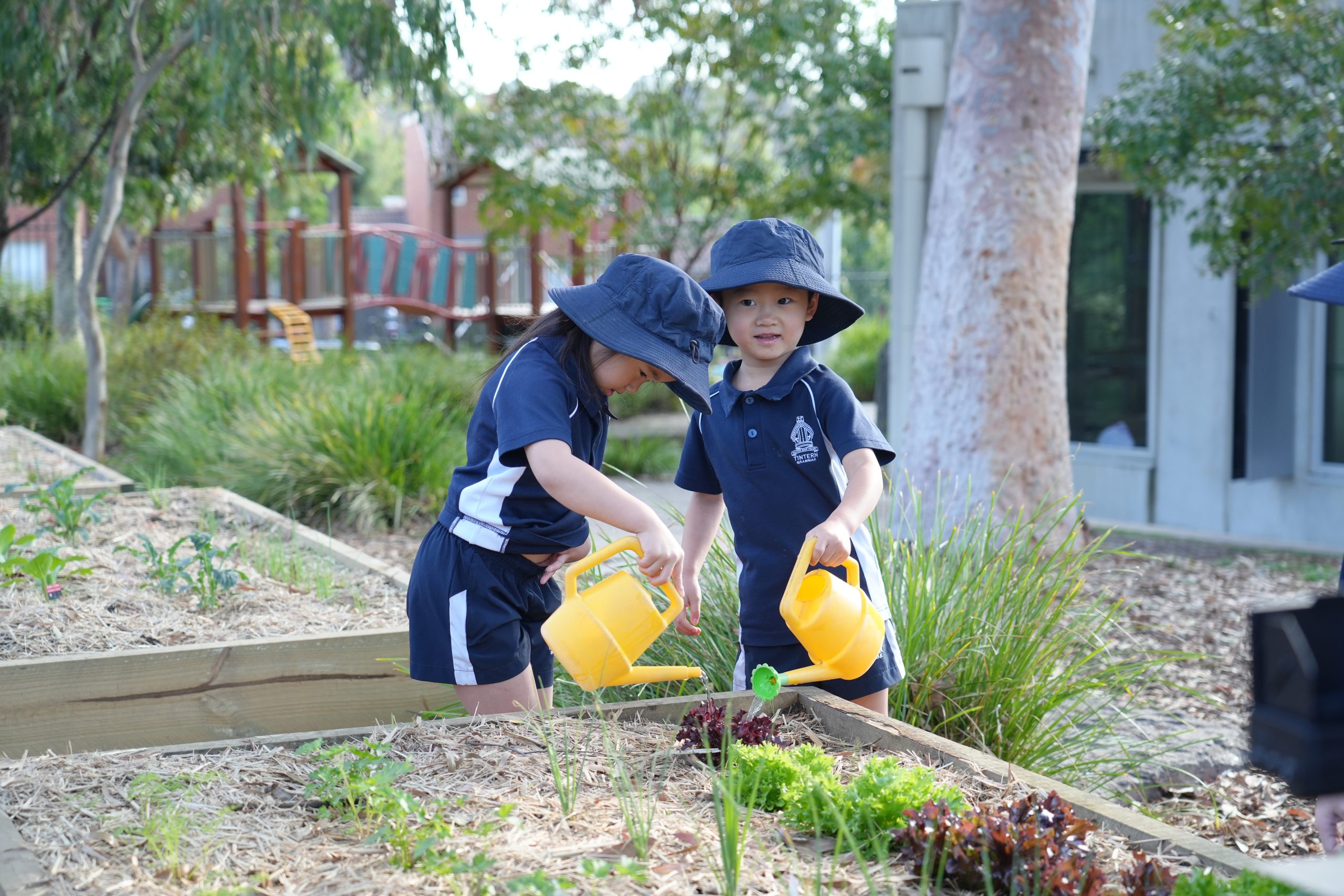
Posted on
July 19, 2023
Capturing children’s communication in everyday actions
We now look at how we can build on their verbal communication skills, by giving them the language to use.

We now look at how we can build on their verbal communication skills, by giving them the language to use.